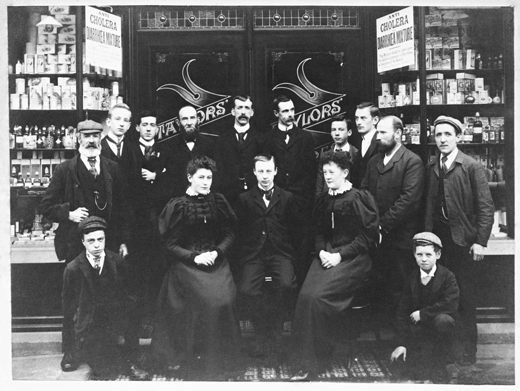To be a Member or not to be a Member?

As with any profession, there were many different opinions about membership of the Society. Some were happy to join, while others were reluctant, seeing other chemists and druggists as competition. The attitudes towards members and non-members reflected the social dynamics of the time: for example, masters could be members while employees could not.
In 1841 chemist’s assistants could take the minor exam and become associates but were prohibited from becoming full members. Associates were not able to attend general meetings, vote or hold office.
The associate category was discontinued in 1898, although after 2005 technicians could, for a time, join as associate members. Today, technicians must register with General Pharmaceutical Council in order to practice.
After the Jenkins Case of 1920 the Society was not allowed to take on the responsibilities of a trade union, such as regulating hours of business or fixing prices. Instead the Retail Pharmacists Union was formed.
In 1953 the Chemist and Druggist qualification was phased out, and all Society members were given the title of pharmacist. All full members of the society were given the title of Fellow, but since then this has been an honorary award.